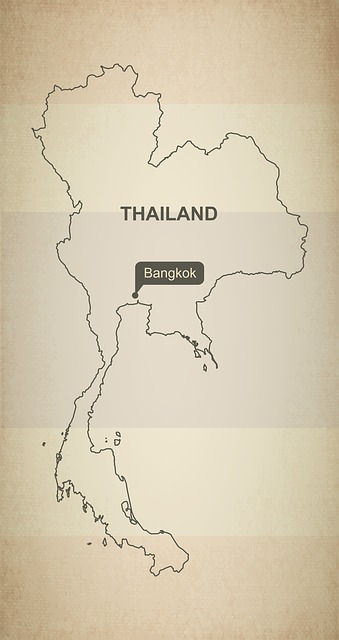By NewsDesk @infectiousdiseasenews
The Thailand Bureau of Epidemiology has reported 1286 melioidosis cases from 56 provinces year to date. This number is slightly higher than the same period in 2019 (1180).

Five deaths have been reported.
Provinces with the highest prevalence include Amnat Charoen, Mukdahan, Loei, Ubon Ratchathani and Yasothon.
Melioidosis (also known as Whitmore disease and Nightcliff gardener’s disease) is caused by the bacterium, Burkholderia pseudomallei. The disease though somewhat rare has been seen in areas of Southeast Asia and Northern Australia, particularly after heavy rains. In Thailand it is considered a disease of rice farmers.
Check out the podcast–Outbreak News Interviews
The organism is saprophytically found in soil and water. People usually get infected by contact with contaminated soil or water through skin wounds, inhalation or rarely through ingestion of contaminated water.
Person to person transmission can occur through contact with blood and body fluids of an infected person.
NECTAR Sleep: The Most Comfortable Mattress
Depending on how heavy the infection incubation can range from hours to weeks. Infection may show no symptoms but it can quickly progress to disseminated disease involving skin and a variety of organs.
Pneumonia from B. pseudomallei can be seen either in acute or chronic disease. Chronic pulmonary meloidosis may present itself years after exposure and can mimic tuberculosis.
Fatality rates of melioidosis can reach up to 75 percent even with appropriate antibiotic treatment. Fatalities are particularly greater in those with underlying conditions like diabetes mellitus or renal disease.
- India COVID-19 outbreak tops half million cases, Delhi’s outbreak explodes
- COVID-19 in Brazil: 38,693 new cases, Enters into partnership to produce vaccine
- Japanese encephalitis in Taiwan: 4th case reported , vaccinations advised
- Thailand chikungunya cases double in past month
- New Jersey: Study shows RMSF rare in the state
- Malaysia: Japanese Encephalitis reported in Penang, 1st cases in two years

